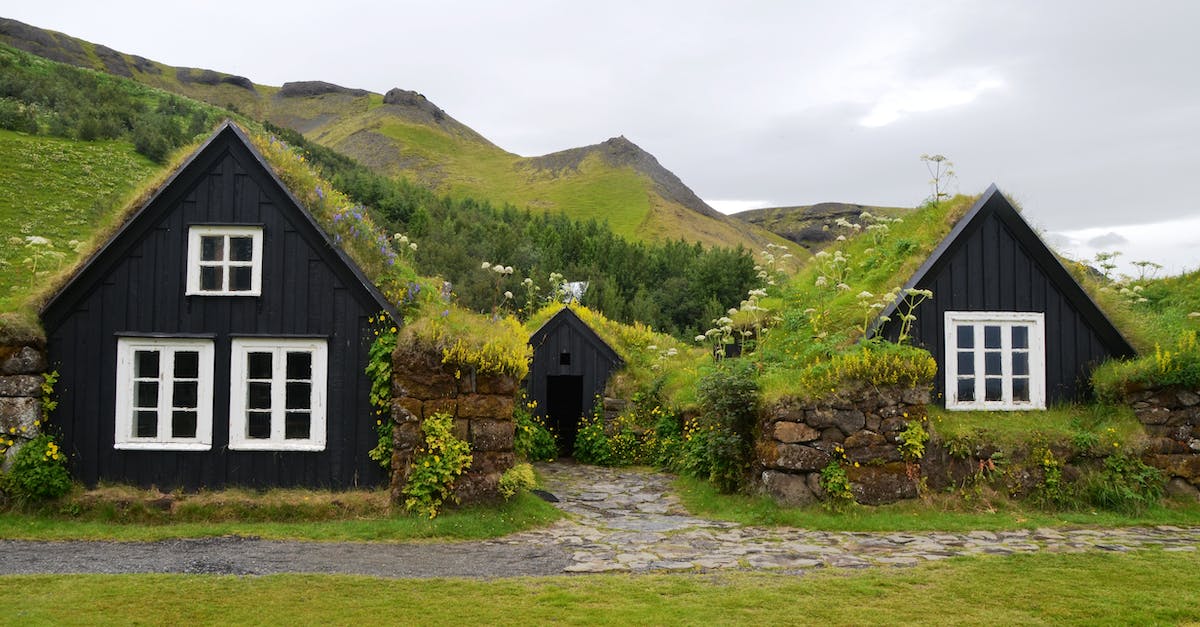The Evolution Of Prefabricated Homes: Modernizing Construction

Introduction
The construction industry has seen significant advancements over the years, with one of the most noteworthy being the evolution of prefabricated homes. Prefabricated homes, or prefab homes for short, have revolutionized how houses are built and have become increasingly popular in recent years. This article will explore the history of prefab homes, the benefits they offer, and how they are modernizing the construction industry.
The Early Days of Prefab Homes
Prefab homes have a long history that dates back to the early 20th century. They gained popularity after World War II when there was a need for quick and affordable housing solutions. During this time, prefabricated homes were often associated with low-quality and temporary structures. However, advancements in technology and design have transformed prefab homes into high-quality, permanent dwellings.
The Rise of Modern Prefab Homes
In the past decade, there has been a surge in the popularity of modern prefab homes. These homes are known for their sleek and contemporary designs, making them a popular choice for homeowners looking for a unique and stylish living space. Architects and designers have embraced the versatility of prefab homes, allowing for customizable layouts and endless design possibilities.
Benefits of Prefab Homes
Prefabricated homes offer numerous benefits that make them an attractive option for homeowners. Firstly, they are often more affordable than traditional site-built homes, as the controlled factory environment allows for cost savings in labor and materials. Additionally, prefab homes are built to higher quality standards, as they are constructed in a controlled factory setting with strict quality control measures in place.
Prefab homes are also more sustainable than traditional homes. The controlled factory environment reduces waste and allows for efficient resource utilization. Many prefab homes also incorporate eco-friendly features, such as solar panels and energy-efficient appliances, further reducing their environmental impact.
Modernizing the Construction Industry
Prefab homes are not only changing the way homes are built, but they are also modernizing the entire construction industry. The traditional construction process is often time-consuming, labor-intensive, and susceptible to weather delays. Prefabricated construction, on the other hand, offers a faster and more efficient alternative.
By manufacturing components of a home in a controlled factory setting, construction time on-site is significantly reduced. This allows for quicker project completion and can save both builders and homeowners valuable time and money. It also minimizes on-site disruption and inconvenience, making prefab homes an ideal choice for those who want to avoid the chaos and noise associated with traditional construction.
Conclusion
The evolution of prefabricated homes has come a long way since their humble beginnings. Modern prefab homes offer a wide range of benefits, including affordability, quality, sustainability, and efficiency. They are transforming the construction industry by providing a faster, more convenient, and cost-effective way to build homes. As technology continues to advance, we can expect to see even more innovative designs and features in prefab homes, making them an increasingly popular choice for homeowners.